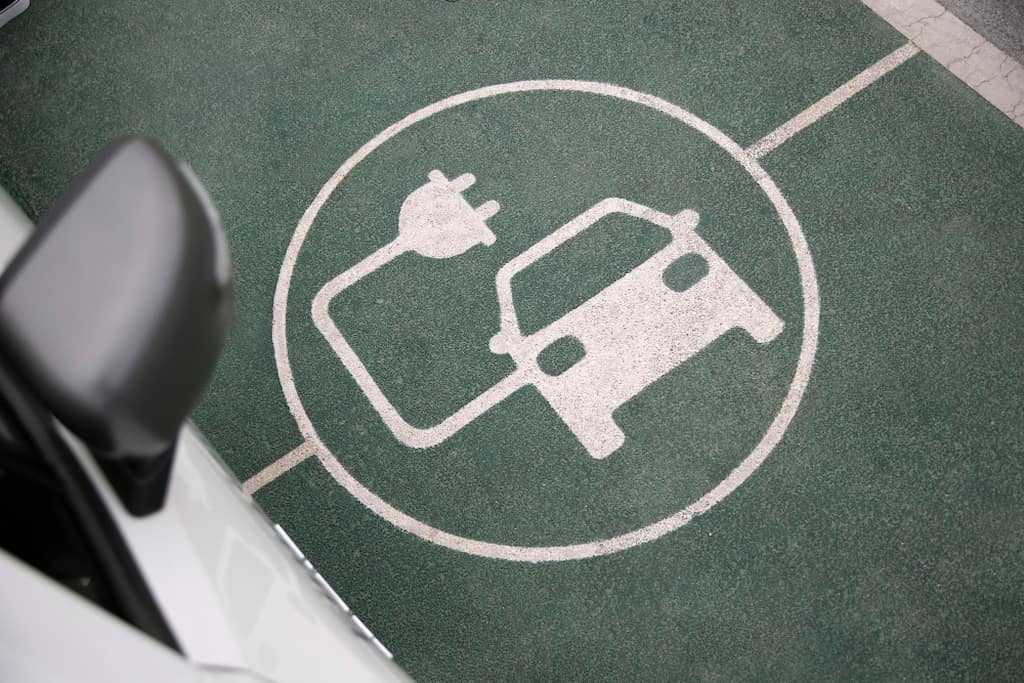
En el ámbito de las instalaciones eléctricas, comprender la diferencia entre corriente monofásica y trifásica es clave para optimizar el consumo energético y planificar instalaciones seguras y eficientes. En esta guía de Activacar explicamos en detalle cómo funcionan ambos sistemas, cuándo elegir cada uno y qué impacto tienen en la EV chargers installation para vehículos eléctricos.
What is single-phase current?
La corriente monofásica es la más común en viviendas y pequeños comercios. Funciona con una fase de corriente alterna y un neutro.
Características de la corriente monofásica
Tensión estándar en España: 230 V.
Potencia máxima habitual: hasta 13,86 kW.
Instalación sencilla y económica: menos cableado y menor coste de montaje.
Aplicaciones: hogares, pequeños negocios y electrodomésticos convencionales.
Recarga de vehículos eléctricos: adecuada para viviendas unifamiliares, con cargadores de hasta 7,4 kW (32 A).
In most residential contexts without high-power equipment or industrial machinery, single-phase installation is the default configuration. It is, therefore, the usual choice for the installation of charging points for single-family homes, provided that the contracted power is sufficient to simultaneously cover the vehicle's charge and the rest of the household's consumption.
What is three-phase current?
La corriente trifásica se basa en tres fases de corriente alterna desfasadas 120º y, en algunas configuraciones, un neutro adicional.
Características de la corriente trifásica
Tensión estándar en España: 400 V entre fases.
Alta capacidad de potencia: superior a 13,86 kW.
Estabilidad y eficiencia: reparte la carga de forma equilibrada entre fases.
Instalación más compleja y costosa: requiere mayor inversión y mano de obra especializada.
Aplicaciones: industria, grandes comercios, maquinaria pesada y puntos de recarga de alta potencia.
Es imprescindible en garajes comunitarios, flotas y recarga rápida de vehículos eléctricos.
What is the difference between single-phase and three-phase current?
La diferencia principal entre corriente monofásica y trifásica está en el número de fases y la potencia disponible. La monofásica usa una sola fase (230 V) y es ideal para viviendas y consumos moderados. La trifásica emplea tres fases (400 V) y permite mayor potencia, estabilidad y uso industrial o de recarga rápida.
Para una comprensión precisa de la diferencia entre monofásico y trifásico, se presenta la siguiente tabla comparativa que destaca sus atributos fundamentales:
| Features | Single-phase current | Three-phase current |
|---|---|---|
| PHASES | One phase | Three phases |
| VOLTAGE | 230V | 400V |
| POWER CAPACITY | hasta 13,86 kW aprox. | más de 13,86 kW |
| INSTALLATION COST | Lower | Higher |
| COMMON SCOPE OF APPLICATION | Residencial, pequeños comercios | Industrial, grandes edificios |
| OPERATIONAL EFFICIENCY | Consumos básicos | Engines and significant loads |
| LOAD DISTRIBUTION | Concentrated in a single phase | Phase-balanced |
When to choose single-phase or three-phase installation?
The choice between a single-phase or three-phase installation should be based on a rigorous evaluation of energy consumption requirements and the type of equipment to be powered.
Elige corriente monofásica si:
Tu consumo es residencial o comercial básico.
No usas equipos de gran potencia.
Buscas menor coste de instalación.
Vas a instalar un punto de recarga doméstico estándar.
Opt for three-phase current if:
Necesitas más de 13,86 kW de potencia contratada.
Usas maquinaria industrial, ascensores o motores de alta potencia.
Planeas la instalación de puntos de recarga en garajes comunitarios o para flotas.
Quieres mayor estabilidad y eficiencia en consumos elevados.
Essential considerations before deciding
Potencia contratada: si necesitas más de 13,86 kW, será obligatorio trifásico.
Equipos eléctricos: algunos aparatos industriales solo funcionan con trifásico.
Coste de la instalación: trifásico implica más inversión inicial.
Futuro consumo energético: si prevés mayor demanda (ej. varios vehículos eléctricos), conviene optar por trifásico desde el inicio.
Normativa: cualquier cambio de monofásico a trifásico debe realizarse con un instalador autorizado y comunicado a la distribuidora.
Impact of single-phase vs. three-phase on the installation of recharging points
The rise of electric mobility has highlighted the relevance of this distinction. The installation of charging points presents significant variations depending on the type of electrical supply available:
- Single-phase Charging Points: These are the most prevalent in residential settings. They allow charging powers of up to 7.4 kW (32 amps). They are suitable for overnight charging or for users with moderate daily commutes. For the installation of charging points for a single-family home, the single-phase configuration is usually sufficient.
- Three-phase Charging Points: These offer superior charging capacities, typically from 11 kW up to 22 kW or more. They are essential for the installation of charging points for communal garages or for vehicle fleets, where speed and simultaneous charging are priorities. They necessarily require a three-phase supply at the connection point.
It's crucial to evaluate the power required for the charging point in relation to your existing contracted power and the type of electrical installation you have. In many scenarios, to optimize the performance of a high-power charger, it will be essential to increase the contracted power or even switch to a three-phase supply.
FAQ
¿Qué tensión tienen las instalaciones monofásicas y trifásicas en España
Monofásicas: 230 V. Trifásicas: 400 V entre fases.
¿Cuál es más cara, la monofásica o la trifásica?
La trifásica requiere más inversión en instalación y mantenimiento.
¿Qué potencia máxima soporta una instalación monofásica?
Hasta 13,86 kW contratados.
¿Qué tipo de corriente necesito para instalar un punto de recarga en casa?
Normalmente basta con monofásica. Para cargadores rápidos o múltiples puntos, será necesario trifásico.
Conclusion: The final decision for your electricity supply
We hope this detailed analysis of the difference between single-phase and three-phase has brought clarity to your questions. As discussed in this article, there's no "superior" configuration in absolute terms, but rather the one that optimally aligns with your specific energy needs.
Whether it's for your residence, your commercial establishment, or for the vital installation of charging points, understanding these particularities will empower you to make strategic and efficient decisions in managing your electricity consumption. Faced with any uncertainty, the most prudent recommendation is always to consult with a qualified electrician. This specialist can analyze your particular case, evaluate your current and future requirements, and offer you the safest and most efficient solution.





